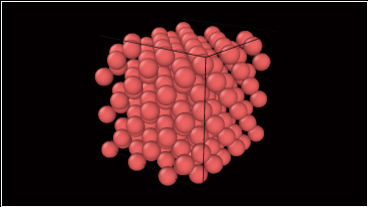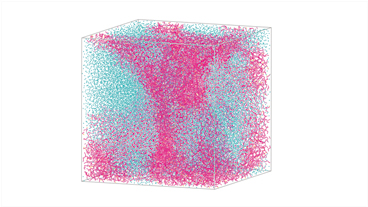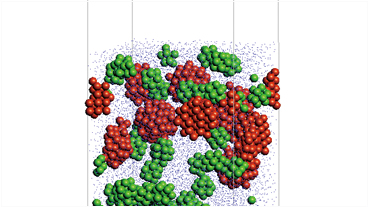

Multiscale Modeling and Simulation Platform for Materials and Life Sciences J-OCTA
-
Materials Science
-
Life Sciences
-
Materials Design
-
Multiscale Simulation
-
Materials Informatics

- Products
- J-OCTA

Multiscale Modeling and Simulation Platform for Materials and Life Sciences J-OCTA
Request a Consultation
Start Free Trial
-
Materials Science
-
Life Sciences
-
Materials Design
-
Multiscale Simulation
-
Materials Informatics







